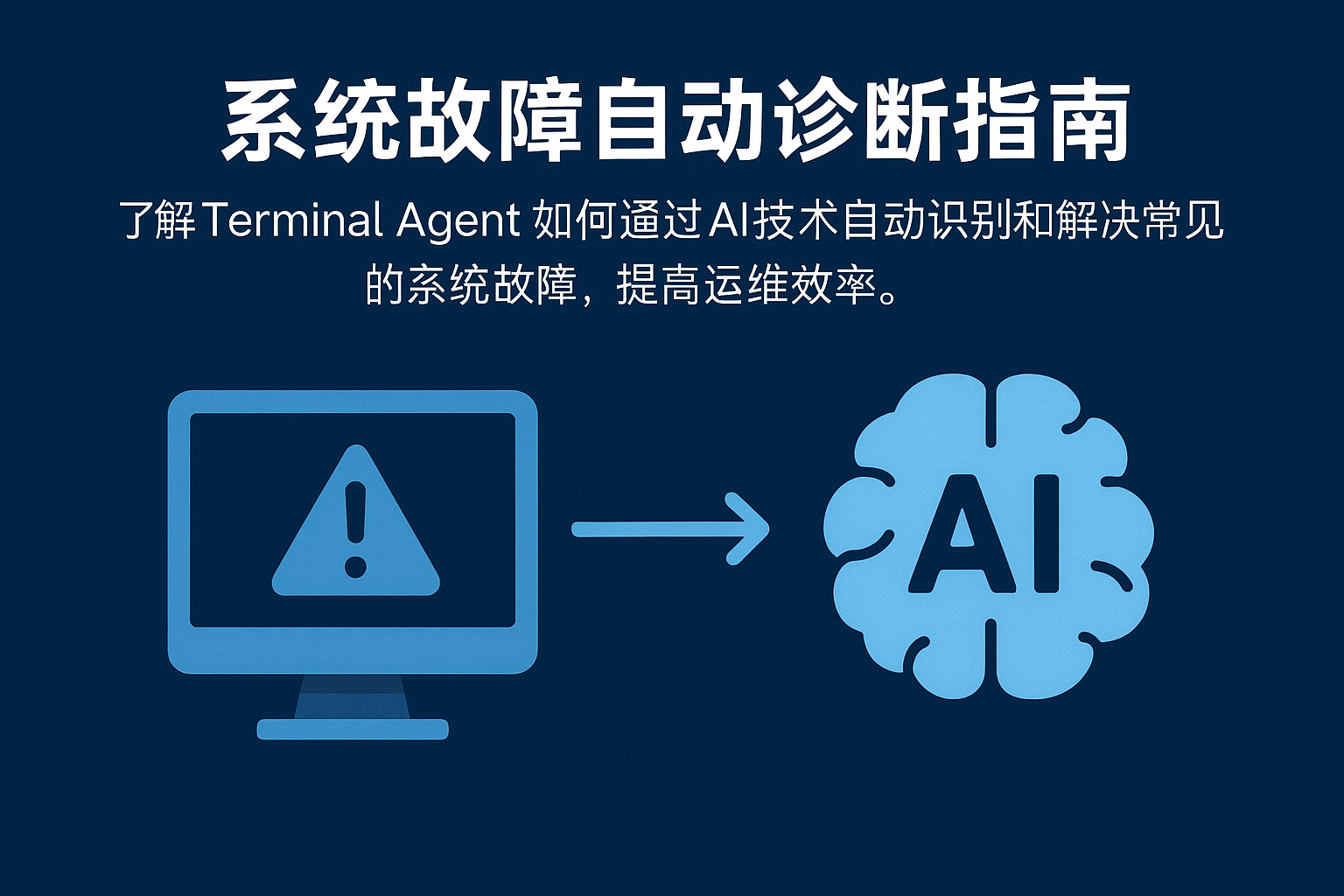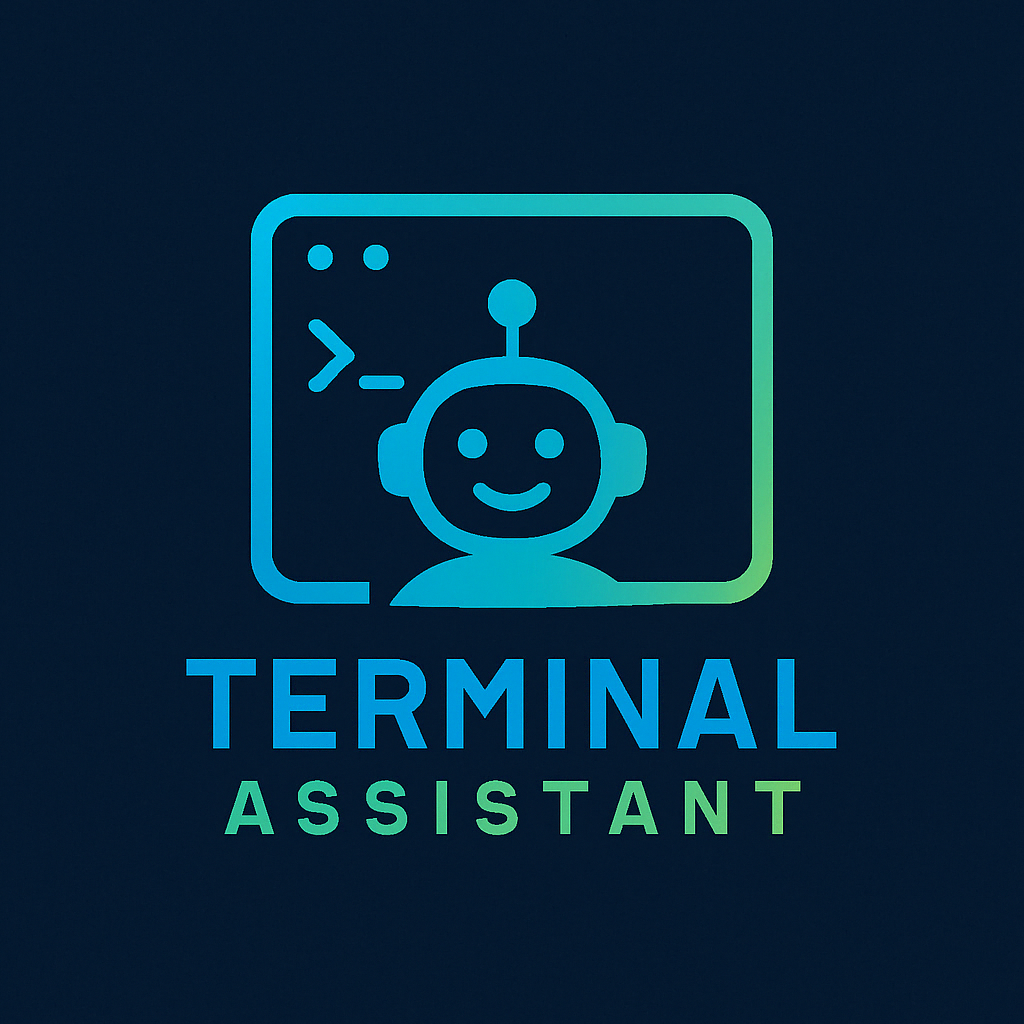Automated System Diagnostics Guide

Automated System Diagnostics Guide
In complex IT environments, system troubleshooting is often a time-consuming process that requires specialized knowledge. Terminal Agent’s automated system diagnostics feature uses AI technology to optimize this process, allowing DevOps engineers to solve problems faster and more accurately.
How Automated Diagnostics Works
Terminal Agent’s system diagnostics functionality is based on the following key steps:
- Log and Performance Data Collection: Automatically collects system logs, performance metrics, and error information
- Pattern Recognition: Uses AI models to identify common failure patterns and anomalies
- Root Cause Analysis: Determines the root cause of problems through causal reasoning
- Solution Generation: Provides targeted solutions and repair steps
- Verification and Learning: Verifies the effectiveness of solutions and learns from each diagnosis
Common Issue Types and Diagnostic Examples
Server Performance Issues
When a user reports slow server response, you can use the following natural language command:
[Terminal Agent] > My web server response has become slow, please help me diagnose the issue
Terminal Agent will automatically perform the following operations:
- Check CPU, memory, and disk usage
- Analyze process resource usage
- Check network connection status
- Identify potential bottlenecks
- Provide optimization suggestions
Database Connection Issues
For database connection problems, you can ask:
[Terminal Agent] > My application cannot connect to MySQL database, please help me find the cause
Terminal Agent will execute:
- Check database service status
- Verify network connections and firewall rules
- Check authentication credentials
- Analyze database logs
- Provide repair steps
Network Connection Issues
Network troubleshooting example:
[Terminal Agent] > My server cannot access the internet, please diagnose the network issue
Terminal Agent’s response:
- Check network interface configuration
- Perform DNS resolution tests
- Analyze routing tables
- Check firewall rules
- Provide network repair suggestions
Here’s a demonstration:
Best Practices
To get the best diagnostic results, follow these best practices:
- Provide Context: Describe the environment and conditions where the issue occurred
- Specify Time Frame: Indicate when the problem started
- Describe Symptoms Not Causes: Tell Terminal Agent what you observed, not what you think the cause is
- Keep Diagnostic Logs: Ensure Terminal Agent has access to relevant log files
- Verify Solutions: Implement and test the suggested solutions
Conclusion
Terminal Agent’s automated system diagnostics feature uses AI technology to greatly simplify the complex process of system troubleshooting. Whether it’s server performance issues, database connection failures, or network problems, Terminal Agent can provide fast, accurate diagnostic and repair solutions, helping DevOps teams improve efficiency and reduce system downtime.
Start using Terminal Agent for automated system diagnostics and experience the power of AI-driven troubleshooting!
